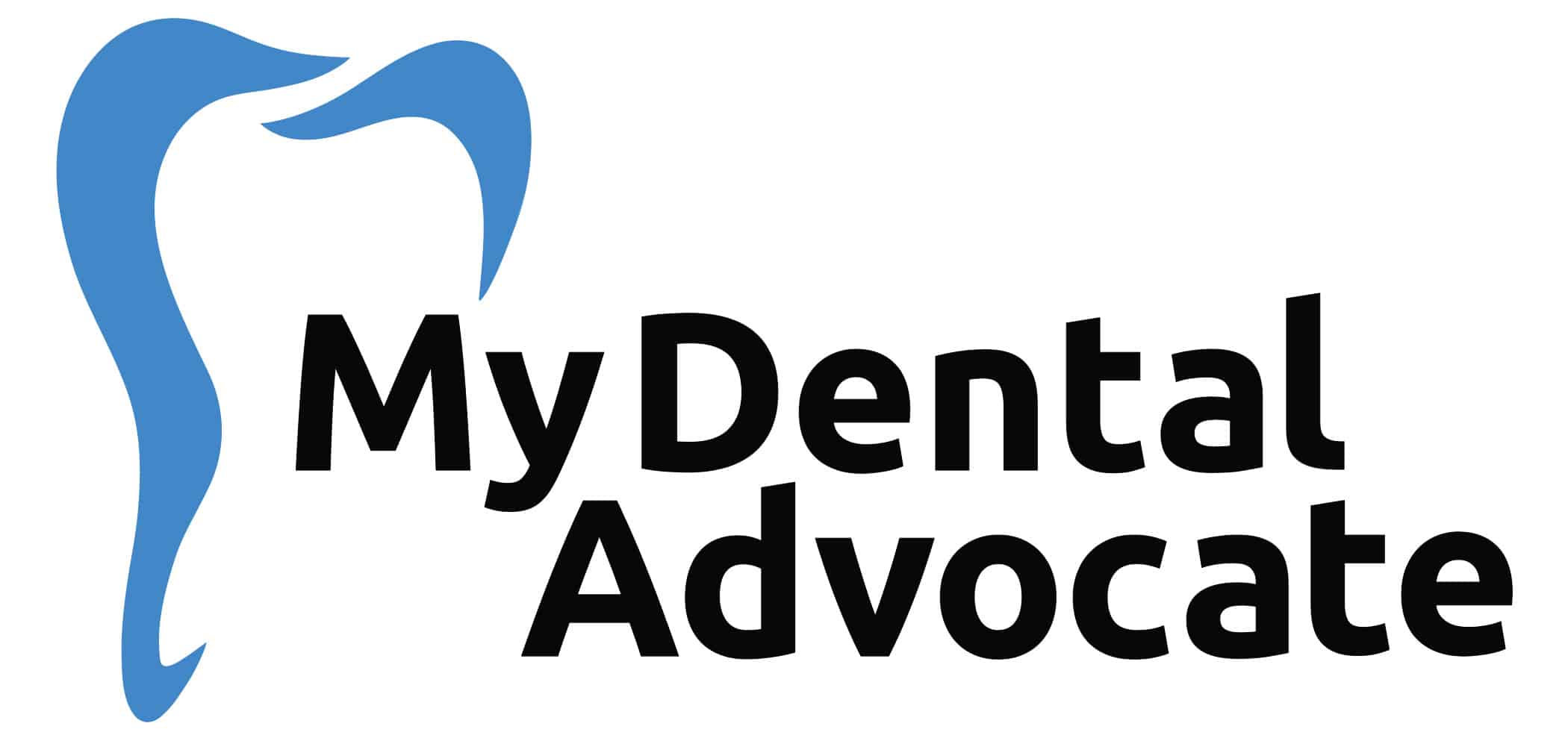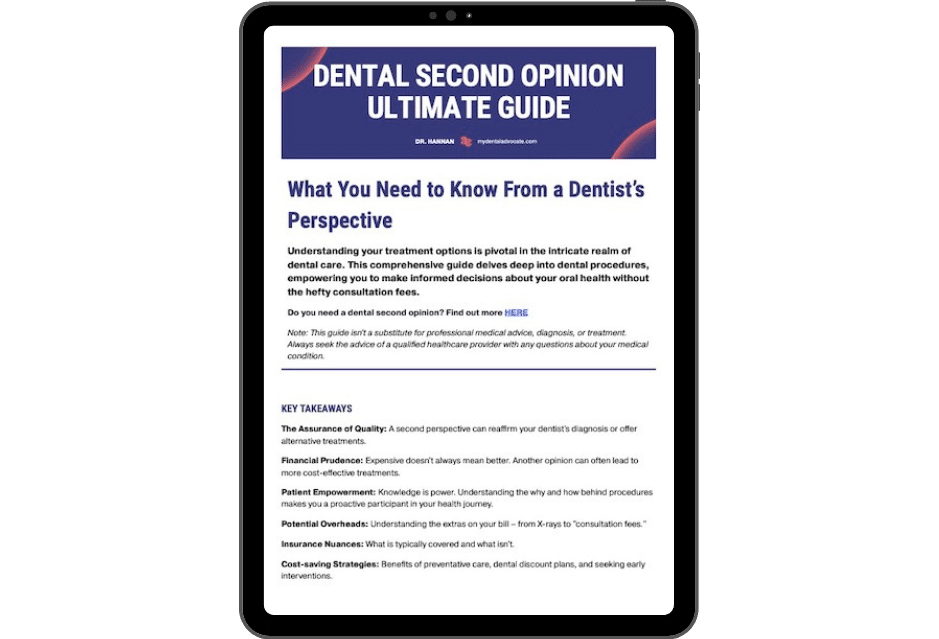Do ZeroWater Filters Remove Fluoride?
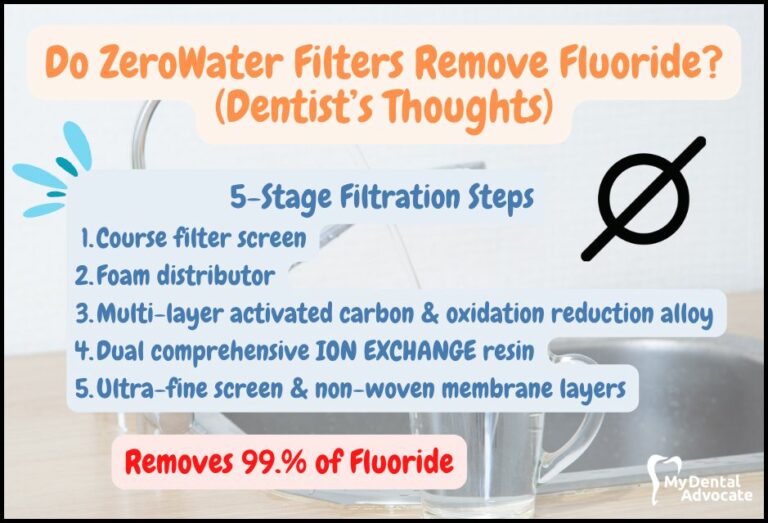
Water filtration systems have become a popular choice for many households looking to improve the quality of their drinking water.
ZeroWater and Brita are two of the most well-known brands in the market, with millions of users worldwide.
While Brita uses a basic filtration system, ZeroWater boasts a 5-stage filtration process that removes almost all dissolved solids from water.
In this article, we will explore the technology behind ZeroWater and answer a critical question – does ZeroWater filter fluoride?
Need Dental Advice? Ask Dr. Hannan!
Does ZeroWater Remove Fluoride?
Yes, ZeroWater removes 99% of fluoride, along with many metals and inorganic non-metals.
In addition, ZeroWater’s 5-Stage Ion Exchange Filter is the only pour-through water filter NSF certified to reduce PFOA/PFOS, lead, and chromium.
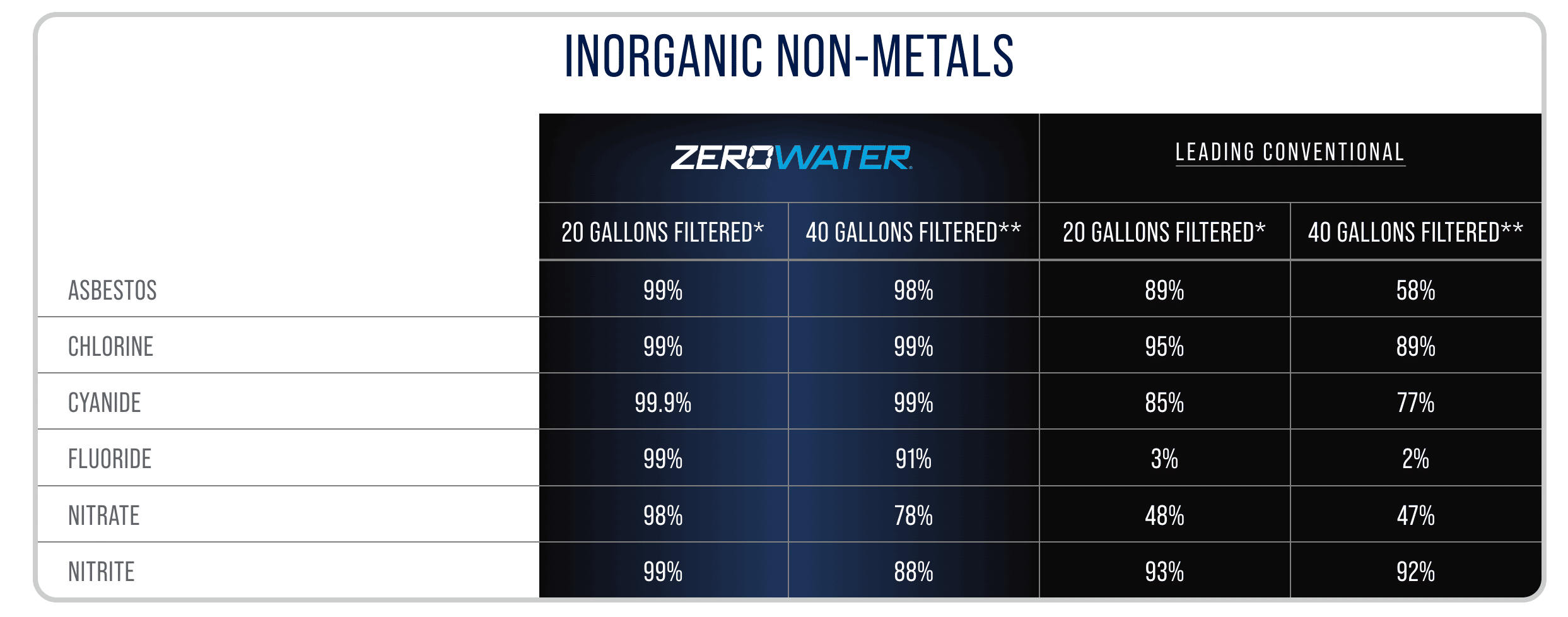
The Five-Stage Filtration System of ZeroWater
According to ZeroWater’s website, the 5-stage filters are the only pour-through filter NSF certified to reduce lead, chromium & PFOA/PFOS.
In addition, every 5-stage filtration system comes with a TDS meter. So, you can check the level of dissolved solids before and after filtering your drinking water.
The ZeroWater 5-stage water filtration system undergoes strict internal quality control testing for accuracy and consistency in the product’s specification to ensure the removal of harmful contaminants and guaranteed clean water quality.
Five-Stage Filtration Steps
- Course filter screen
- Foam distributor
- Multi-layer activated carbon & oxidation reduction alloy
- Dual comprehensive ION EXCHANGE resin
- Ultra-fine screen & non-woven membrane layers
What are Total Dissolved Solids (TDS)?
Total dissolved solids (TDS) measurements comprise a water sample’s non-organic and organic sediments.
Enter your zip code on ZeroWater’s website to retrieve your area’s average TDS reading.
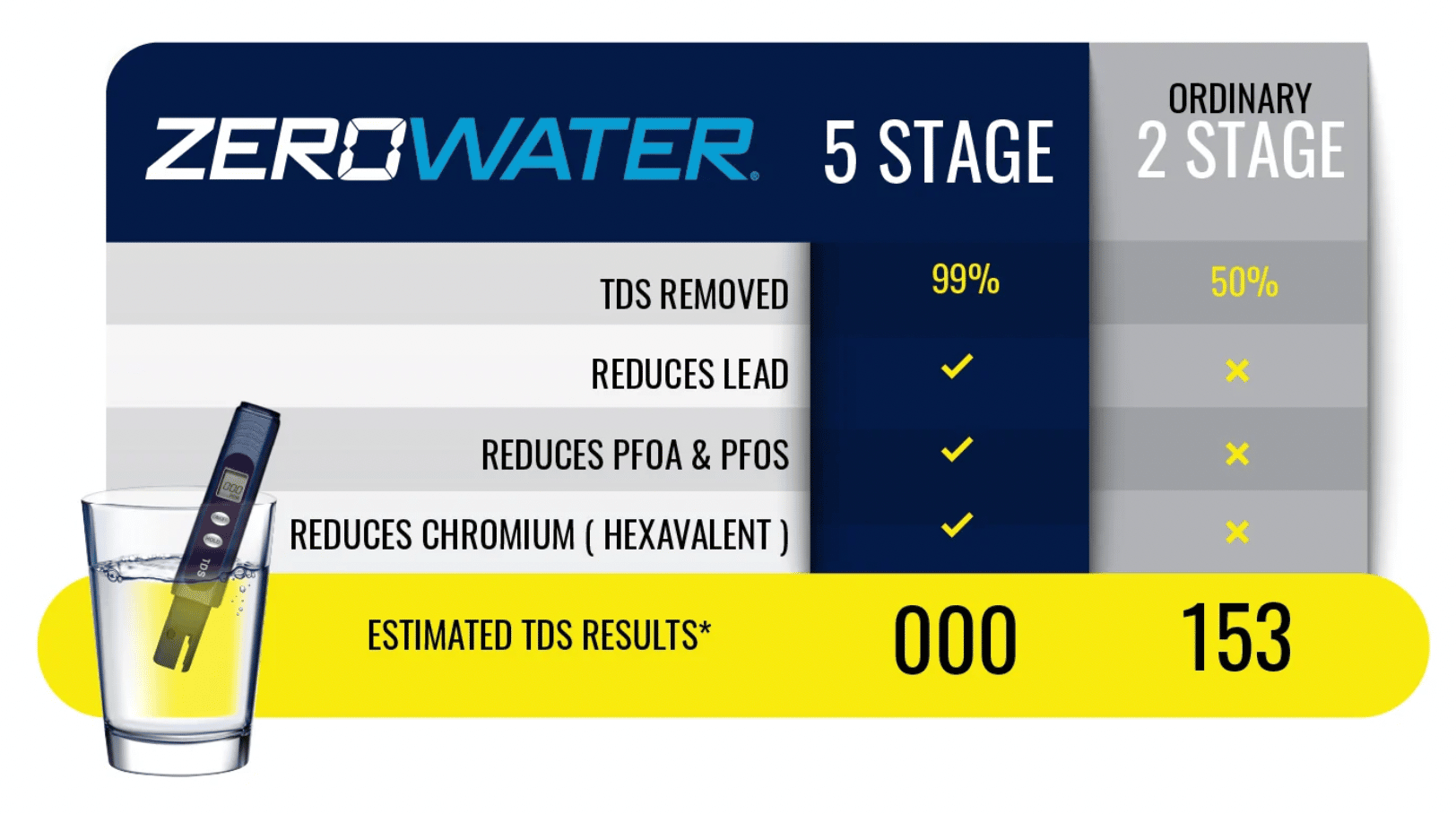
What are PFOA & PFOS?
PFAS are widely used chemicals in many consumer, commercial, and industrial products. Their widespread use is primarily due to their water-resistant properties.
For example, PFOS is an indestructible compound that repels water, grease, and dirt. They are often used to coat pans or rain gear. In addition, PFOA is very good at repelling oil and water.
However, they are not biodegradable and regrettably last in the environment for a long time.
According to the Environmental Protection Agency (EPA)
“PFOA and PFOS are extremely persistent in the environment and resistant to typical environmental degradation processes. As a result, they are widely distributed across the higher trophic levels and found in soil, air, and groundwater sites across the United States. The toxicity, mobility and bioaccumulation potential of PFOS and PFOA pose potential adverse effects for the environment and human health.”
Recommended Reading: Does Reverse Osmosis Remove Fluoride? (Dentist’s Thoughts)What is Fluoride? Why is it in water?
Fluoride is a naturally occurring mineral found in soil, water, and various types of food. It is well known for strengthening tooth enamel and preventing cavities, which is why it is often added to public drinking water supplies.
Water fluoridation began in some parts of the United States in 1945 after scientists noted that people living in areas with higher water fluoride levels had fewer cavities.
Starting in 1962, the United States Public Health Service (PHS) recommended that public water supplies contain fluoride to help prevent tooth decay.
Benefits of Fluoride in Drinking Water
- Strengthens tooth enamel
- Prevents cavities
- Promotes oral health
- Cost-effective and widely available
Despite its benefits, some people choose to remove fluoride from their drinking water due to personal beliefs or health concerns.
However, it is essential to note that the appropriate amount of fluoride in drinking water has been determined by the US Public Health Service and the World Health Organization to be safe and effective for promoting oral health.
Natural drinking water sources in the US also have some fluoride in them. Surface water sources (such as lakes and rivers) in the US have an average level of about 0.2 milligrams of fluoride per liter of water (mg/L), although levels can be much higher in some places than others.
American Dental Association
“When used as directed or within the context of community water fluoridation programs, fluoride is a safe and effective agent that can prevent and control dental caries.”
Fluoride remineralizes weakened tooth enamel by repairing and reinforcing it from further acid attacks. The remineralization effect of fluoride can reverse the early decay process and create a tooth surface that is more resistant to decay.
Brita vs. ZeroWater Filtration Systems
Brita and ZeroWater are well-known names for water, but with so many models, it can be difficult to discern which water pitcher filter system is best for your home. Each has pros and cons that need to be considered.
After detailing ZeroWater’s strengths, let’s take a closer look at Brita water filters and how it compares to ZeroWater.
Recommended Reading: Do Brita Filters Remove Fluoride? (2024 Update)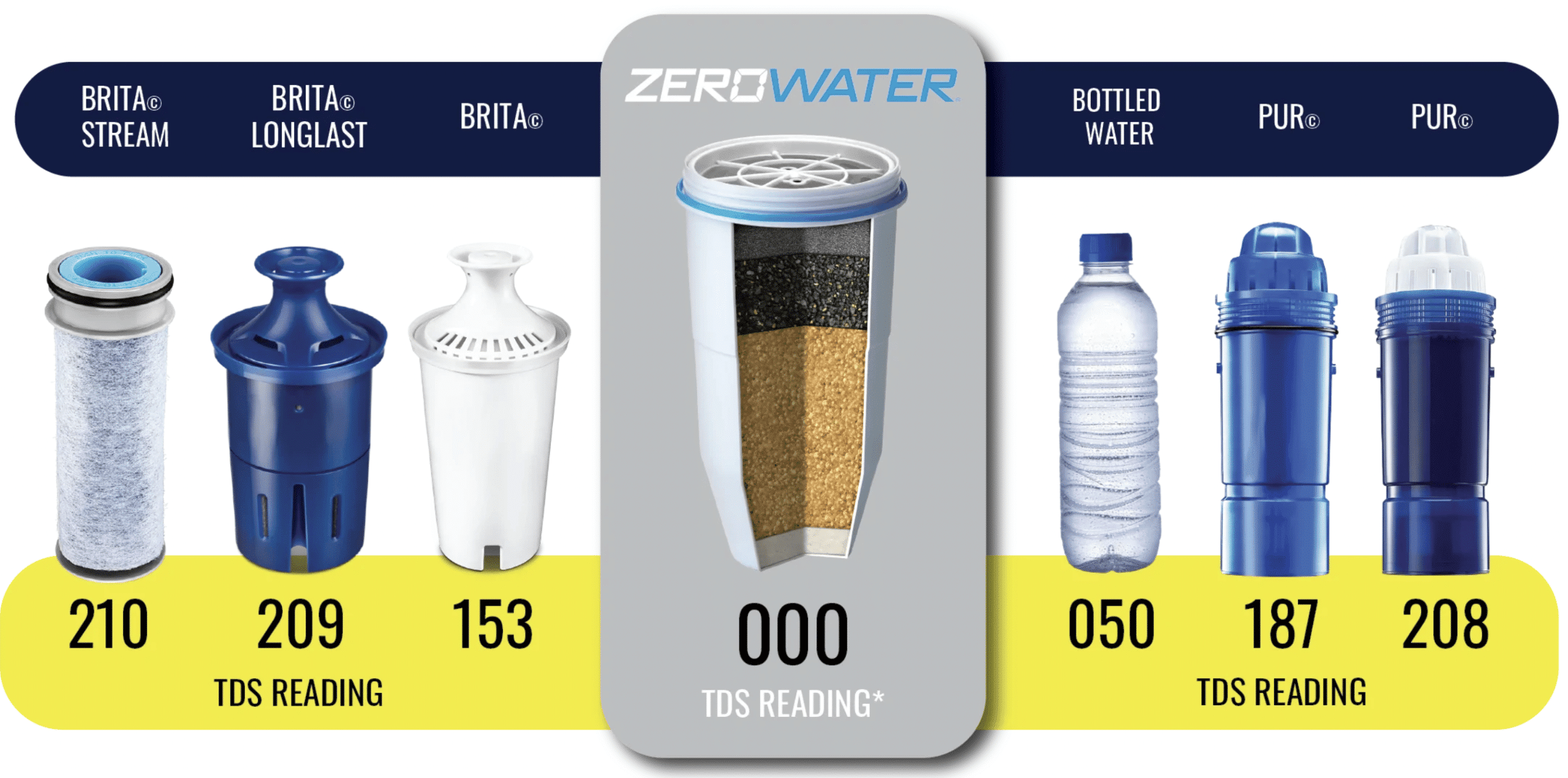
Brita Filtration System
Brita filters are uniquely designed to remove impurities, contaminants, and unpleasant tastes and odors from drinking water.
The filters use activated carbon to absorb and trap these substances, making the water cleaner and more enjoyable to drink.
However, unlike ZeroWater, Brita filters only removed 3% of fluoride, whereas ZeroWater removed 99%, according to this research article.
Components of Brita Filters
- Activated carbon – absorbs and traps impurities
- Ion exchange resin – removes positively charged contaminants
- Micro-screen – filters out sediment and other particles
According to a recent study, hollow-fiber membrane filters did not affect fluoride concentrations in fluoridated water, but activated-carbon filters removed some fluoride.
Alternatives for Removing Fluoride from Drinking Water
ZeroWater removes 99% of fluoride from the water; however, alternative systems exist. These alternatives range from water filtration systems to simple household solutions, and each has its benefits and limitations.
Fluoride Removal Water Filtration Systems
- Reverse Osmosis: This process uses a semipermeable membrane to remove impurities from water. Reverse osmosis systems effectively remove fluoride and other contaminants such as lead and chlorine.
- Distillation: This process involves heating water to boiling and collecting the steam. The steam is then condensed back into the water, leaving behind impurities, including fluoride.
- Deionization Systems: These water treatment systems remove ions, specifically salts and minerals, from water through ion exchange.
- Activated Alumina: This is a type of ceramic material that is specifically designed to remove fluoride from water. Activated alumina filters are typically used in large-scale water treatment plants but can also be used in home filtration systems.
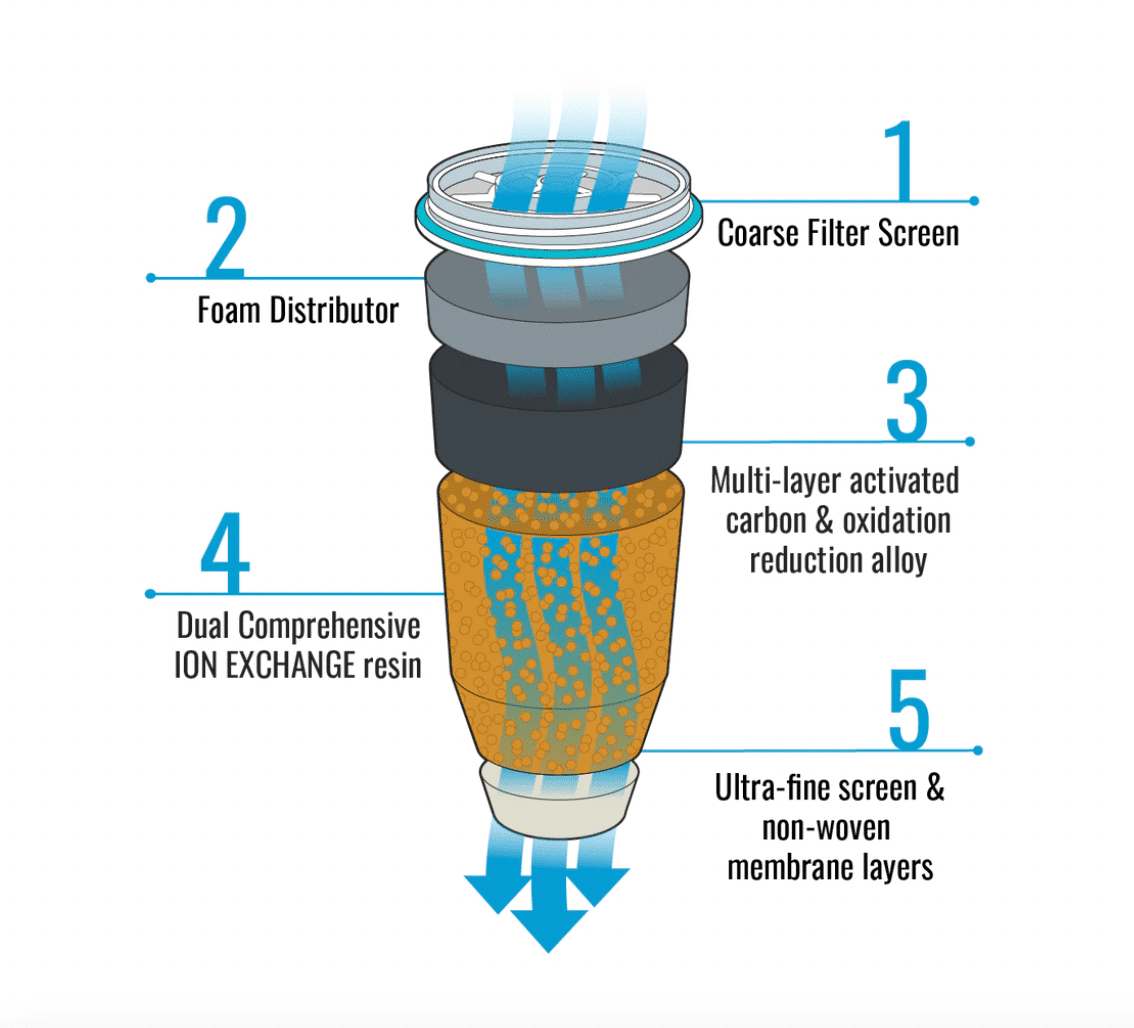
Household Solutions for Removing Fluoride
- Using fluoride-removing filters or pitcher inserts (ZeroWater)
Do your research and consider the alternatives for removing fluoride from drinking water, thinking about each option’s effectiveness, cost, and practicality.
Additionally, it’s important to note that some options may not effectively remove all forms of fluoride and may not remove other impurities and contaminants in water.
The Importance of Clean Drinking Water
Access to clean and safe drinking water is crucial for good health and well-being. Clean drinking water is essential for hydration, and it also plays a role in preventing certain diseases and conditions.
- Water helps regulate body temperature
- Water helps transport nutrients and waste products
- Water helps lubricate joints and tissues
- Water aids digestion and elimination
Disease Prevention
- Water helps prevent dehydration, which can lead to serious health problems
- Water helps prevent certain waterborne illnesses and diseases
- Water helps prevent chronic conditions such as kidney stones and urinary tract infections
Ensure that the drinking water we consume is clean and free from impurities and contaminants.
This includes using water filtration systems, boiling water, or alternative household solutions to remove impurities from drinking water. Drinking clean water can improve health and well-being and is essential to a healthy lifestyle.
The Controversy Surrounding Fluoride in Drinking Water
The controversy surrounding fluoride has led to several studies on the safety and efficacy of fluoridation. While some of these studies have found that fluoride can benefit oral health, others have raised concerns about its potential health risks.
The World Health Organization, for example, has stated that fluoride levels in drinking water should not exceed 1.5 mg/L due to the potential for adverse health effects at higher levels.
One of the primary concerns of critics of fluoride is that it is added to the drinking water supply without consent. While some believe it is necessary to improve public health, others argue that it amounts to mass medication and violates individual freedom.
The controversy has resulted in many communities opting out of fluoridation or placing restrictions on the levels of fluoride that can be added to drinking water.
Fluoride Research Statistics
Consider these statistics according to a recent article about ingested fluoride:
- Fluoride is present in water sources ranging from 0.1 to 10 mg/L.
- Fluoride is added to water in the US in the range of 0.7-1.2 mg/L to prevent dental cavities.
- Fluoride can cause dental fluorosis, a cosmetic condition characterized by discoloration and mottling of the enamel at doses above 2 mg/L.
- Chronic exposure to high fluoride levels (above 4 mg/L) has been linked to several adverse health effects, including skeletal fluorosis and decreased bone density.
- Long-term exposure to high fluoride levels has also been associated with decreased IQ in children and cognitive decline in elderly populations.
Fluoride Key Points
Key points to fluoride use according to the American Dental Association:
- What is Fluoride? Fluoride is a mineral in all-natural waters. It comes from soil and rocks and helps prevent tooth decay.
- Why is Fluoride Important? The ADA says fluoride in water is safe and fights cavities for everyone, kids and adults. Check out the ADA’s Fluoride in Water page for more info.
- How Does Fluoride Work? It can be applied directly to teeth or swallowed. Direct application makes teeth stronger against decay. When swallowed, it helps developing teeth and also mixes with saliva to protect teeth.
- Types of Fluoride Treatments: At home, you can use fluoride toothpaste, mouthwash, and gels. Dentists offer stronger treatments like rinses, gels, foams, varnishes, and silver diamine fluoride.
- Community Water Fluoridation: This is adding fluoride to public water to fight tooth decay. The ideal level is 0.7 parts per million.
- Bottled Water and Home Filters: Many bottled waters lack enough fluoride. Some home filters reduce fluoride, but carbon/charcoal filters don’t.
- Fluoride Supplements: For kids 6 months to 16 years at decay risk and with low fluoride water, supplements are an option.
- A Note on Fluorosis: Too much fluoride during tooth development can cause fluorosis, leading to white marks or stained enamel.
Fluoride Resources
- Video: Fluoride: The Superhero of Cavity Fighting
- For the Dental Patient: Facts About Bottled Water (2003)
- Fact Sheet on Questions About Bottled Water and Fluoride
- Recommendations for Using Fluoride to Prevent and Control Dental Caries in the United States
Frequently Asked Questions (FAQ)
My Experience & Expertise
As a dentist, it is essential to understand the effects of water filtration systems on fluoride levels in drinking water.
ZeroWater’s 5-stage filtration system is NSF-certified to reduce lead, chromium, PFOA/PFOS, and 99% of fluoride.
In addition, this advanced filtration system comes with a TDS meter to monitor the level of dissolved solids before and after filtering. Fluoride is a naturally occurring mineral that provides numerous benefits for oral health and is widely recommended by the US Public Health Service and World Health Organization.
Need a second opinion? We can help! Learn more. Knowledge is power when cultivating healthy dental habits. The more informed you are, the better positioned you’ll be to prevent avoidable and potentially costly dental procedures for you and your family. Watch for future blog posts, where we’ll continue sharing important information, product reviews and practical advice!

About the Author
Dr. Matthew Hannan, also known as “Dr. Advocate,” is a board-certified dentist on a mission to provide accurate dental patient education. He attended Baylor University before completing dental school at UT Health San Antonio School of Dentistry. He now lives in Arizona with his beautiful wife and 4 kids. Dr. Hannan believes everyone should access easy-to-read dental resources with relevant, up-to-date dental research and insight to improve their oral health.

Connect with Dr. Hannan!
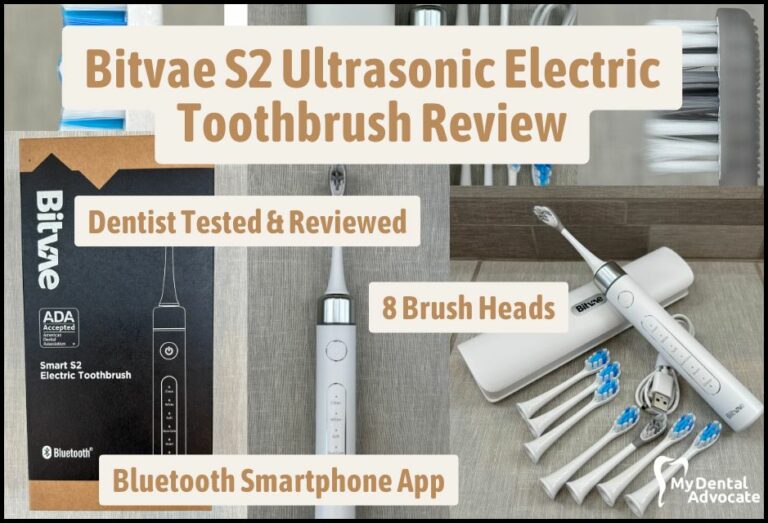
Bitvae S2 Ultrasonic Electric Toothbrush Review 2024
In pursuing optimal oral health, we often search for a toothbrush that can provide more than just the basics. The Bitvae S2 electric toothbrush is here to answer that call.
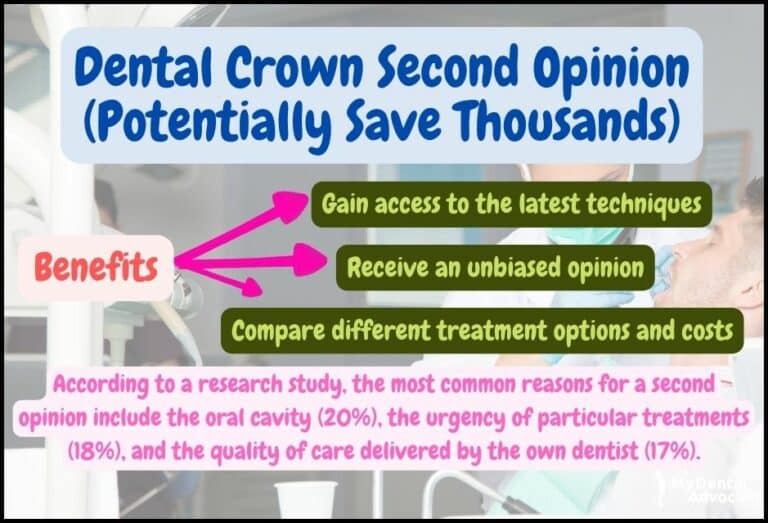
Dental Crown Second Opinion (Potentially Save Thousands)
I’ve seen hundreds of patients seeking a second opinion for dental work. In addition, statistics show that many patients have seen other dentists for a second opinion. When it comes to dental work, it is vital to ensure that you get the best care possible. Whether you need a dental crown…

Pregnancy Gingivitis (Causes, Symptoms & Treatment 2024)
Pregnancy and the baby’s development inside a mother’s womb is a beautiful miracle; however, it doesn’t come without swollen legs, body aches and labor pains. In addition, hormones are in constant flux, preparing the mother for the baby’s arrival. Progesterone and estrogen…
Gain Clarity with Our FREE Second Opinion Guide
Receive clear, expert second opinions online within 48 hours. Start today!
Product Reviews
Our 250+ dental product reviews (and counting), curated by an experienced dentist, are the most comprehensive online.
Toothbrush Genie
State-of-the-art chatbot designed to help you discover your perfect toothbrush in just a few simple steps!
Cavity Risk Assessment
Cutting-edge digital tool designed to evaluate your individual cavity risk based on your responses to a series of questions.
Gum Disease Assessment
Discover your gum disease risk with our quick and engaging 6-question assessment!
